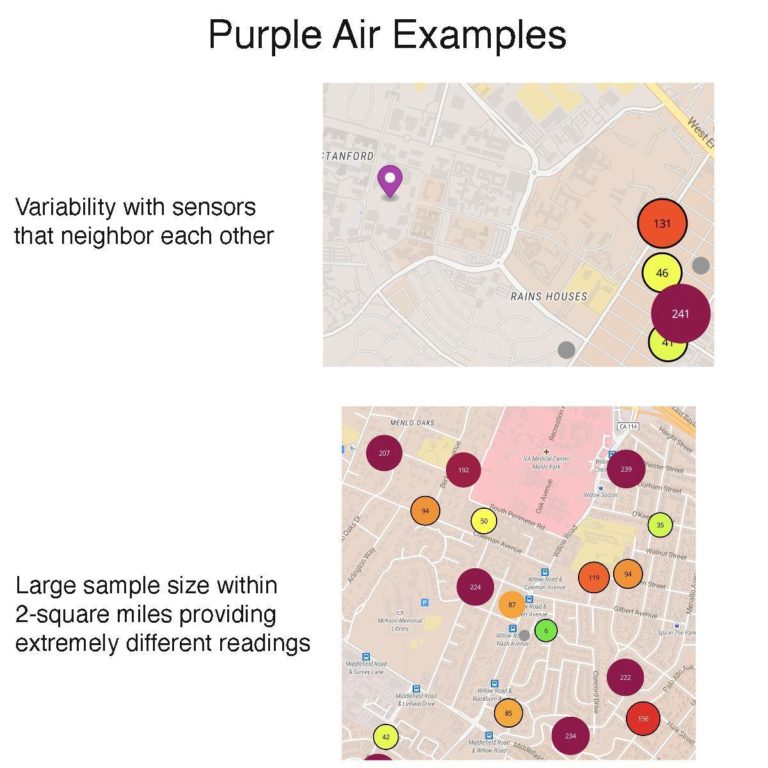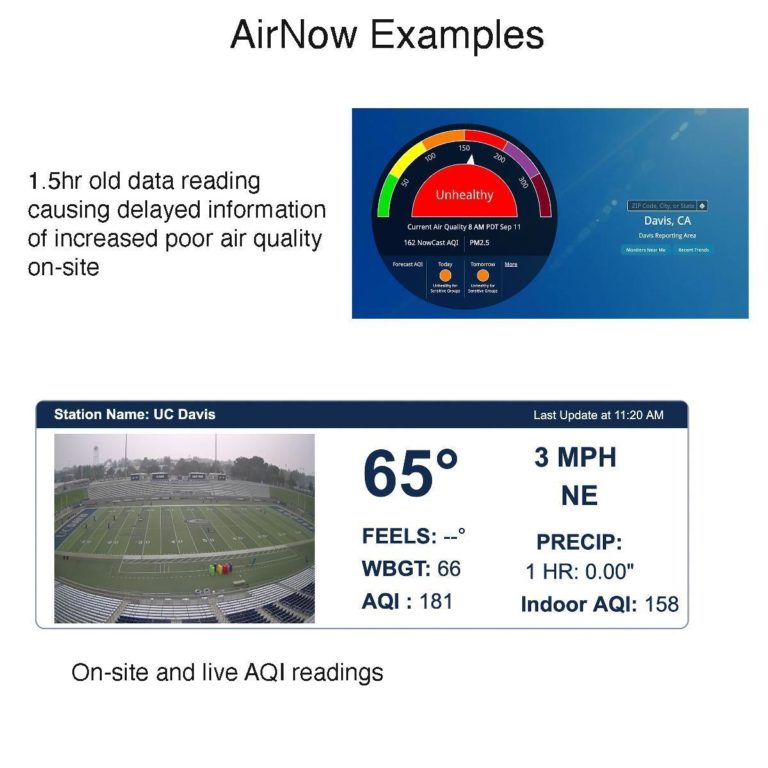Poor air quality continues to be one of the largest problems people face daily. However, it’s even worse since most sensors used to detect air quality are of low quality. These sensors are sold at the lowest price possible, so they might not give you the best readings. A good air quality measurement device is necessary for you to understand the air around your property and facilities.
Dangers of Air Pollution
Air pollution is one of the biggest dangers facing humans in modern-day society. So many of our illnesses can be attributed to poor air quality. That is why air quality measurement devices are so essential to ensuring safety inside and outside. Even though you cannot see those air pollutants, they are there going inside your body and causing problems. It makes health problems like asthma even worse, and it could potentially lead to serious issues for people.
How Low Cost Air Quality Sensors Came to Dominate
With the importance of having good air quality, many manufacturers decided that it was essential to make low cost air quality sensors. They realized that air quality measurement is the only way to start the process of cleaning up the air.. If you are hosting an event, the low cost air quality measurement option might seem tempting. However, there are certain problems you will encounter that could make things problematic for your organization. Ozone and certain fine particulate matter cause the biggest problems, and you can’t be sure whether or not your poor air quality meter is going to catch the most serious issues.
Problems with Low Cost Air Quality Sensors
The biggest reason why low cost air quality measurement devices are problematic is their missing data and accuracy it provides. These devices are notoriously inaccurate, and you can’t always trust the information you are getting. Air quality measurement is actually quite complicated, and choosing to go with the highest quality version is worth it.
Cheap air quality measurement tools won’t tell you the difference between each pollutant. You might end up in a situation where the meter tells you that everything is fine, yet there is a lot of ozone or other particulates in the air. This is particularly true when it comes to meters that can only measure one type of contaminant. When that happens, it is almost always going to lead to health problems, which could cause you a lot of pain when people get sick from attending your event. Low cost quality measurement devices simply don’t have the technology needed to get accurate readings to help you make real progress in the fight against poor air quality.
Here are some of the main issues we see in the cheaper options based on crowdsourced data:
Purple Air
Purple Air is a crowdsourced air quality hardware sensor and software platform. The creators of this solution are trying to provide a valuable service by developing an affordable sensor with easily accessible air quality data, but unfortunately there are many flaws that come with crowdsourced data sets. These flaws inadvertently cause more confusion than value. The problem with any crowdsourced data set is that the responsibility of the installation and upkeep of the actual sensor solely resides on the end user (which cannot be controlled by Purple Air).
Location site is pivotal in rendering accurate and useful data. Therefore, if the placement of the sensor is completed incorrectly the data will be flawed and erratic. Purple Air is able to provide a high resolution of data points, but fails in providing quality data.

Example 1: Two sensors within 500ft, but they are displaying completely different readings: 241 vs 46. No quality control of the data and likely one of these devices is reporting bad data, but how is the university to know which one or if either are correct.
Example 2: This is an array of sensors in a neighborhood in Menlo Park. The values range from 6-234 in about a 1-mile swath. The variability in such a small geospatial area is a red flag for poor data.
AirNow
AirNow is a collection of US government air quality sensors managed by the EPA. The primary problem with government data in general is the relatively small available data size and slow update cycles (~1.5 – 2 hrs). Air quality is highly dependent on wind speed and direction. Therefore, sensor placement in respect to your site is pivotal for accurate measurements. The closest AirNow station to Stanford is 5 miles WNW and historically only updates every 2 hours.

Example 1: AirNow’s sensor in Davis, CA is actually on UC Davis’s campus. Coincidently, UC Davis utilizes Perry Weather’s sensors and software. At 9:30am PST this morning the oncampus AirNow station was reading 162, but that reading was 1.5 hours old. Perry Weather’s sensor on campus was reading much higher at 181. When needing to make operational decisions based on accurate data you need site-specific sensors with rapid update cycles.
Perry Weather’s Air Quality Measurement Device
Perry Weather provides the US-standard reporting of AQI for our air quality sensors. Our weather and air monitoring software provides a running average for the following increments: 10min, 30 min, 60min, 1day, 1week.
Our air quality sensors are optical based rather than filter based and measure standard PM2.5. We then convert those readings to the US-standard AQI value. Here are some more detailed specs about the sensor itself:
Range of measurement: 0.3~1.0;1.0~2.5;2.5~10 μ m
Effective Range: 0~500 μ g/m³
Resolution: 1 μ g/m³
Standard Volume: 0.1L
Working Temperature Range: -10~+60 ℃
Working Humidity Range: 0~99%
Our units read the raw data and send it to our servers for a rigorous quality control sifting process. From there our program calculates the AQI by throwing out anomalous data and comparing it with multiple sensor nodes.
For helpful information about the best air quality measurement solutions, contact our weather consultants at Perry Weather today!
